Gilgit & Hunza

When glacier hiking, if you don’t put sunblock on the bottom of and inside your nose, your nostrils will burn from the sun reflecting off the glacier. Good to know, right? I found this tip in the Pakistan Trekking Guide.
Gilgit is nothing special. It’s a dusty town with not much going on, just a jump-off point to the real North. My only goal here was to buy a few items, namely a watch, a warm cap that can cover my ears, sunglasses, and hiking boots and pole. After Gilgit there are no large towns and therefore no large markets so shopping is best done here.
My feature-rich Suunto Core watch (altimeter, barometer, compass, thermometer, depth meter, sunrise/sunset times) had just come back from repair (free under warrantee) but was with Colleen in the US. All my other watches were in a safety deposit box in Arlington, except for one that draws way too much attention to consider bringing. So what watch did I buy in Gilgit? I’m not proud to say this, but I bought my first fake watch, and of all things it was a Casio knock-off, but with a very special twist (I’ve never seen anything like it – video forthcoming). This set me back $1.90. Next I bought sunglasses for 75 cents. “Oakleys” were going for the same amount but after the Casio, I wanted to keep it real, so I got a brand called “hot buttered”. Why not? For warm cap, I got a handmade wool Chitrali topi for $3.80.
For hiking boots and pole, I went to a second hand shop. I wanted something durable to last me through both Pakistan and Nepal so buying the cheap local or low-quality Chinese stuff didn’t make sense. Instead I bought from stock left behind by past trekkers/climbers, second hand but of high quality. I found a pair of boots of the brand name “Meindl”, which I’d never heard of, but they oozed quality and felt comfy on my footsies so I sprung $19 for them. I searched for them online and found that they’re made in Bavaria (a good sign) and retail for $200-500. Score! There were no used hiking poles so I bought the nicest new one I could find and that cost $10.
With shopping done, I headed to the local Aga Khan Rural Support Program (AKRSP) office to meet the team there. We discussed their current portfolio of projects including value chain development for the precious and semi-precious gems sector, electrifying remote villages with micro-hydro and solar PV, and youth and entrepreneurship development, among many others. AKRSP is the largest NGO by far in the Northern Areas and the one I’m consulting for on a different environmental project. While outside the scope of my engagement, it was fascinating to discuss high-level regional strategy with the management team. We basically did a rudimentary SWOT analysis for some of the more important projects and I respectfully shared a few observations and suggestions based on my experience doing similar work. The team was incredibly receptive to my inputs which made me feel great, but upon further reflection, it’s quite possible they were just being kind to the chubby burger kid from Karachi. For non-Pakistanis, burger is slang for rich westernized buffoon from the city.
I took a public minivan to Hunza in the evening. It was one of those annoying ones that leaves as soon as it’s full, however long that takes. I wound up waiting 80 minutes and then was crammed into a 12 seater with 17 other people (luggage and two people on the roof). I guess that’s why it only costs $2.60 for a 2 hour journey. In Hunza, I checked into the Hunza Embassy – $15 for double room including breakfast AND FREE WiFi! Woohoo!
I woke up the next morning to glory! The view made my heart sing glory glory hallelujah! I arrived in the night so had no idea what was I was surrounded by, which as it turned out was natural awesomeness – green pastures with grazing animals surrounded by humungous snow-capped peaks that shone in the warm sunshine. It seemed the whole valley had a halo, and off course, a river ran through it. Hunza is spectacularly beautiful! Here is a picture of my breakfast spot. In the background you can see part of Rakaposhi (25,551 ft), the 27th tallest mountain in the world.

The locals speak a language called Burushaski and many of them are descendants of soldiers from the armies of Alexander the Great who left many men behind in the area. The sale of cigarettes is banned. Electricity is rationed on a set schedule, outside of which hotels and a few big businesses run generators and everyone else burns kerosene lanterns.
I didn’t do much the first day, just walked around town, crossed the river over the Ganesh bridge (the name a legacy from Hindu times) and checked out some animist rock carvings from the 2nd century AD. There are two historical forts around town. I’m going to check those out tomorrow and also do some hiking with my large pack to build endurance and acclimate to hard physical exertion at this altitude. So far I’ve been ok but I did get a headache after an uphill segment today, which I’m still feeling. Unlike in Cusco, I have no Coca tea to help with the altitude sickness, although I have been drinking the local herbal tea called Tumuro and it’s quite delicious, whether or not it helps with altitude sickness.
I’ll post again in a day if my next hotel has wifi but after that there’s going to be nothing for two weeks as I’ll either be on a glacier or in Shimshal, the highest village in Pakistan, and they don’t even have phones up there.



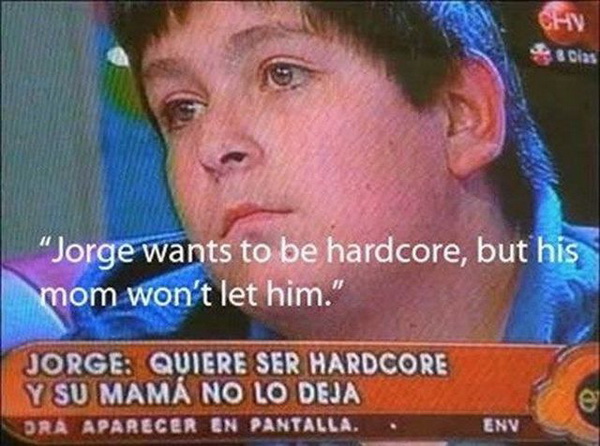

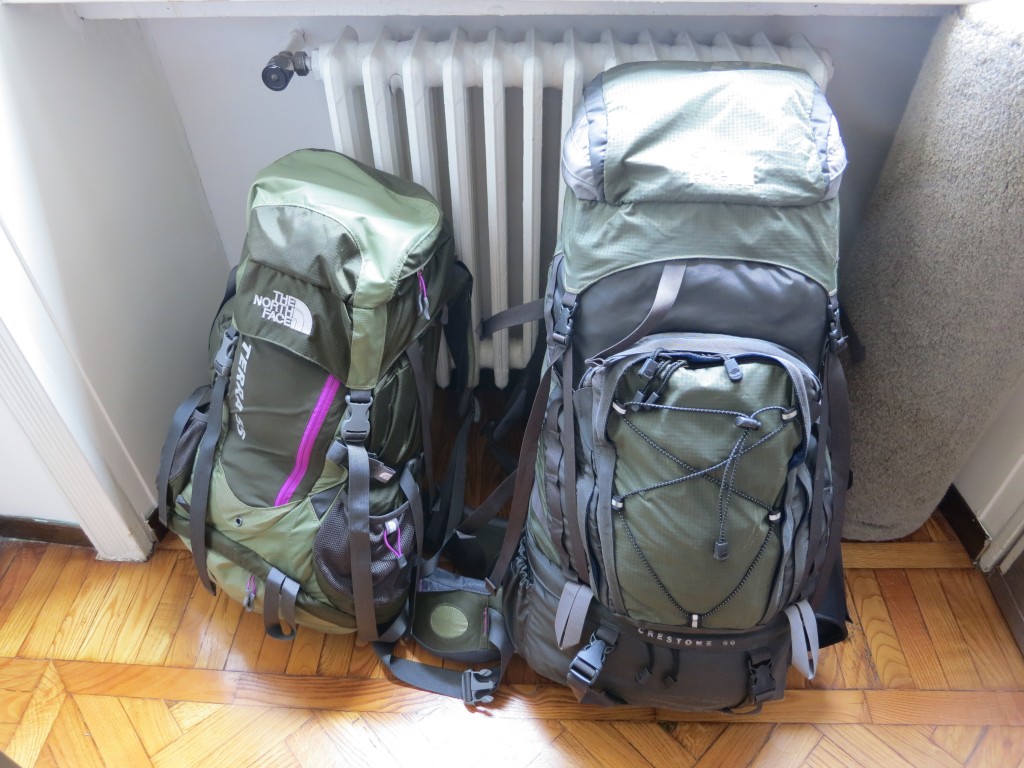

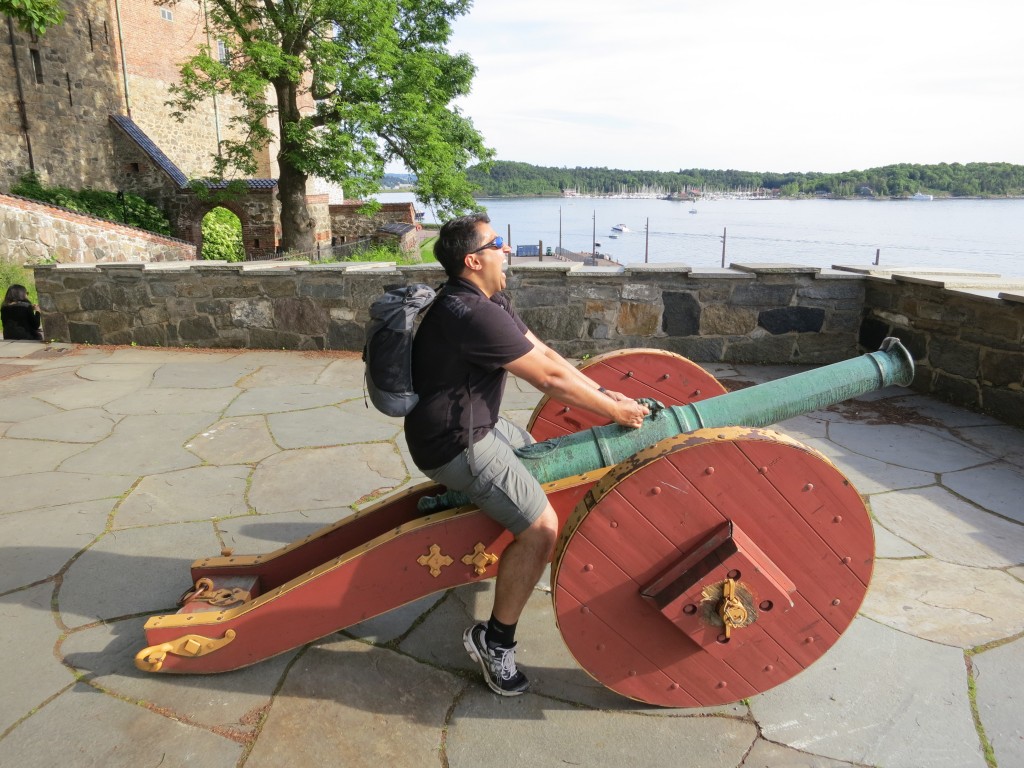
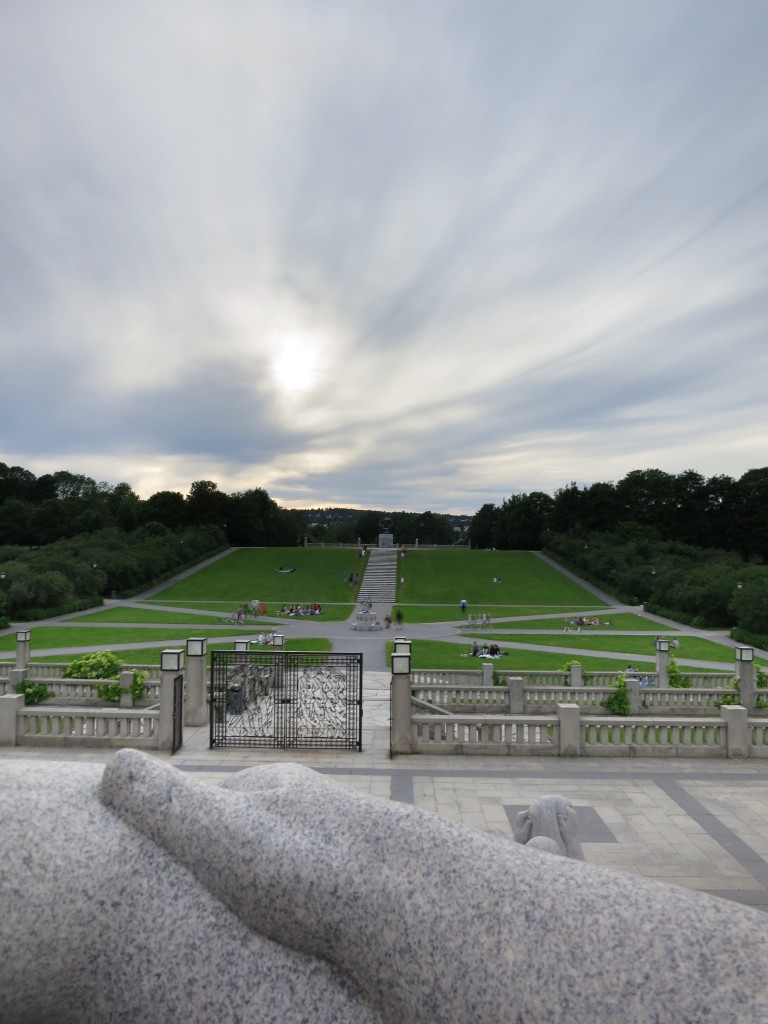

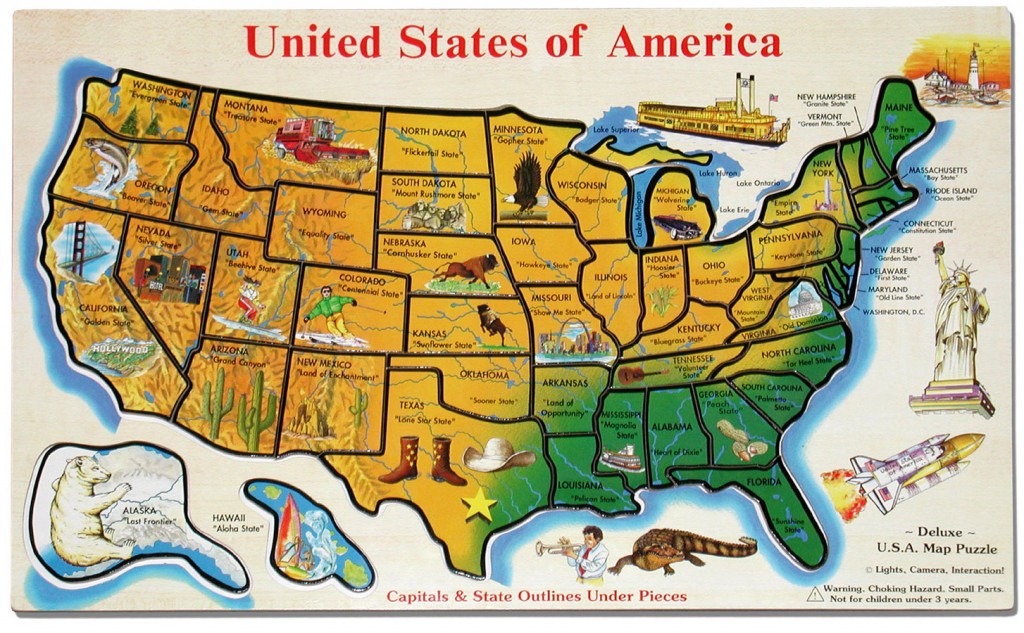


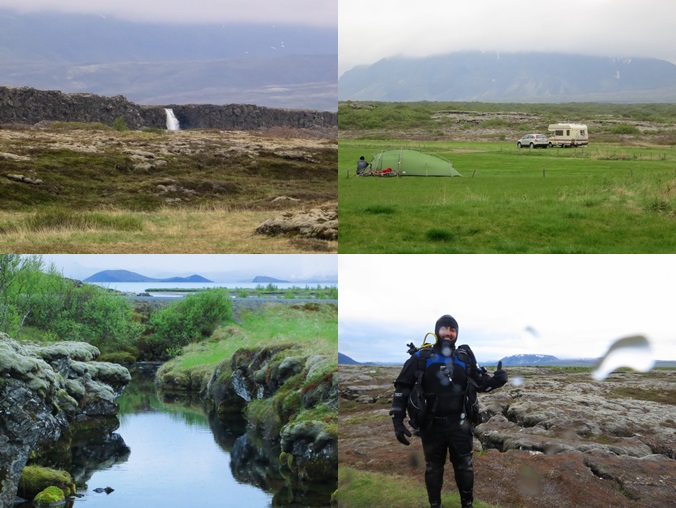
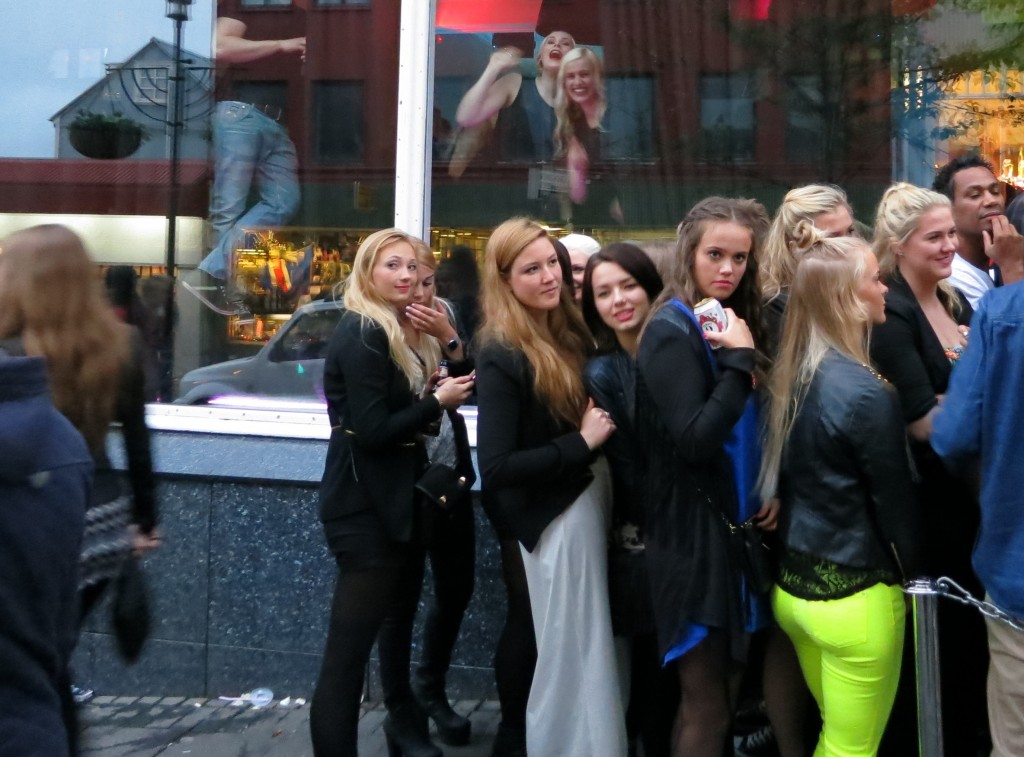
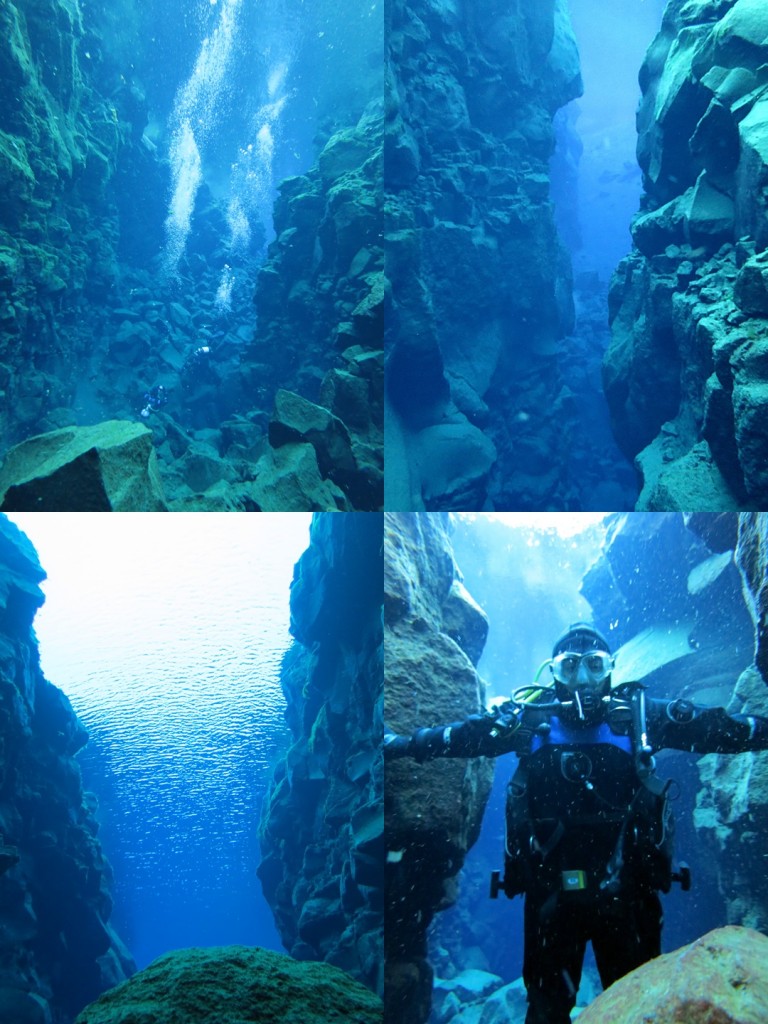

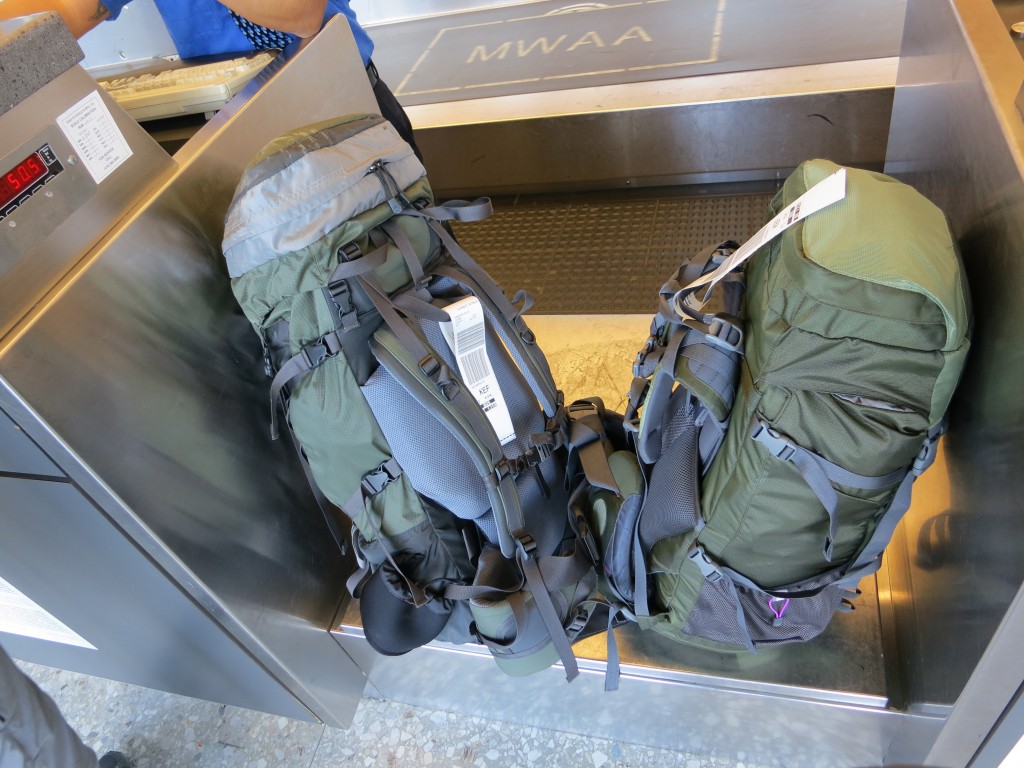

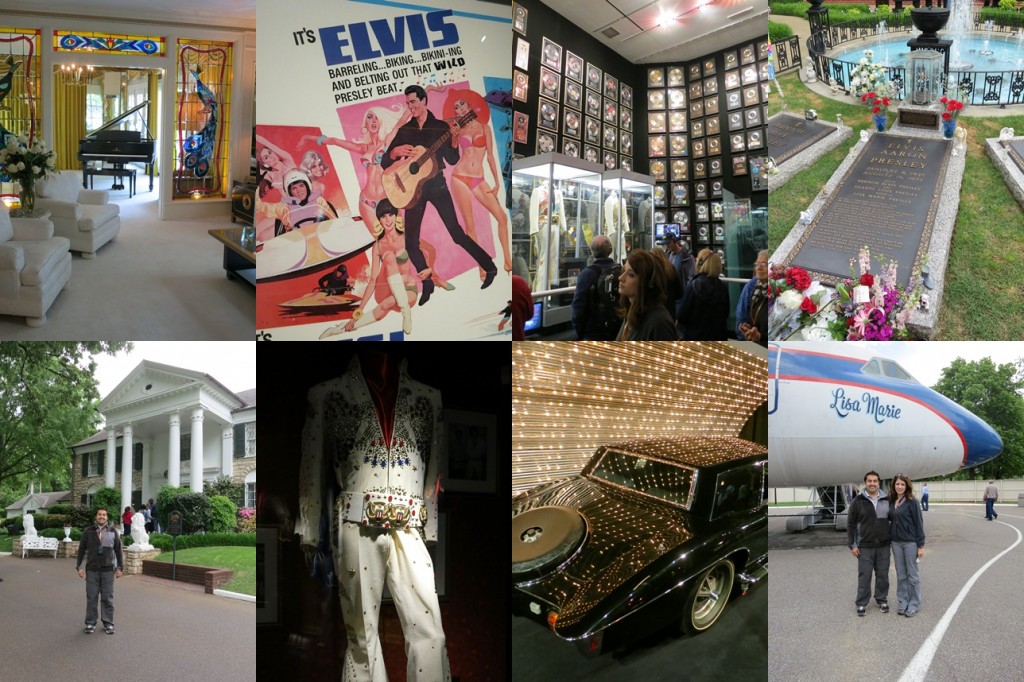
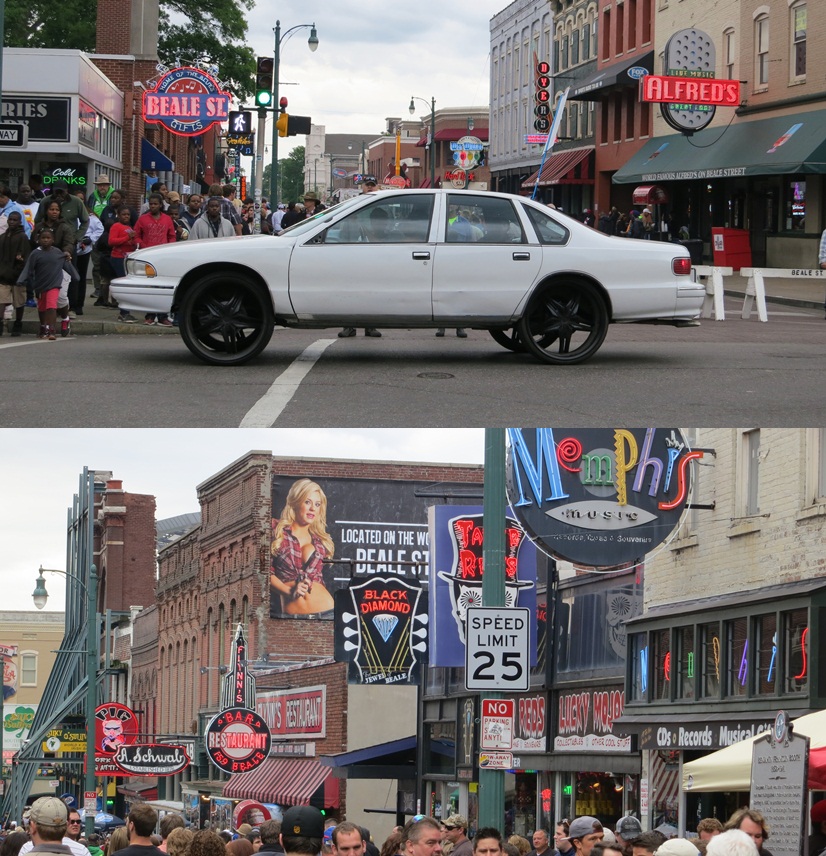
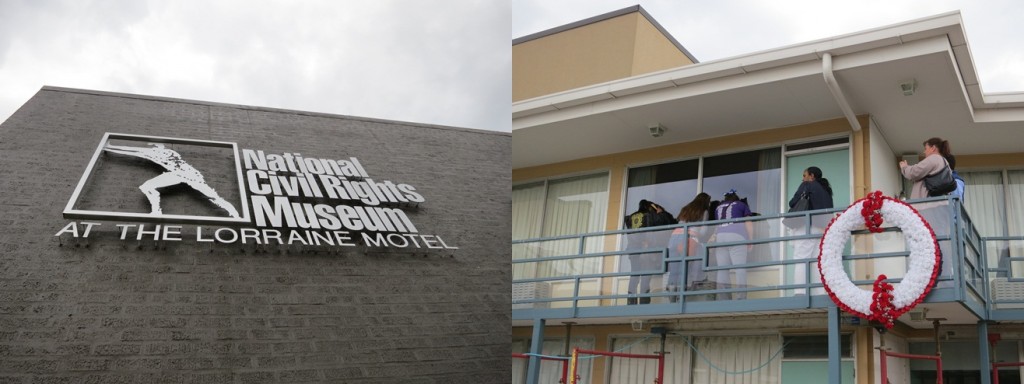

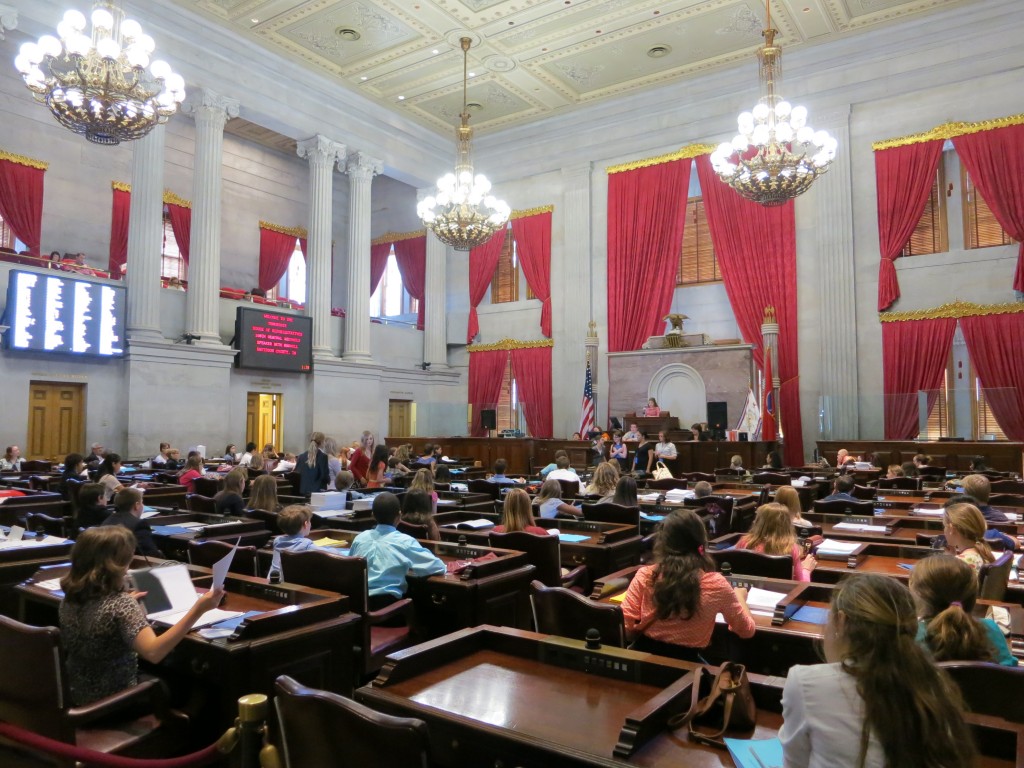
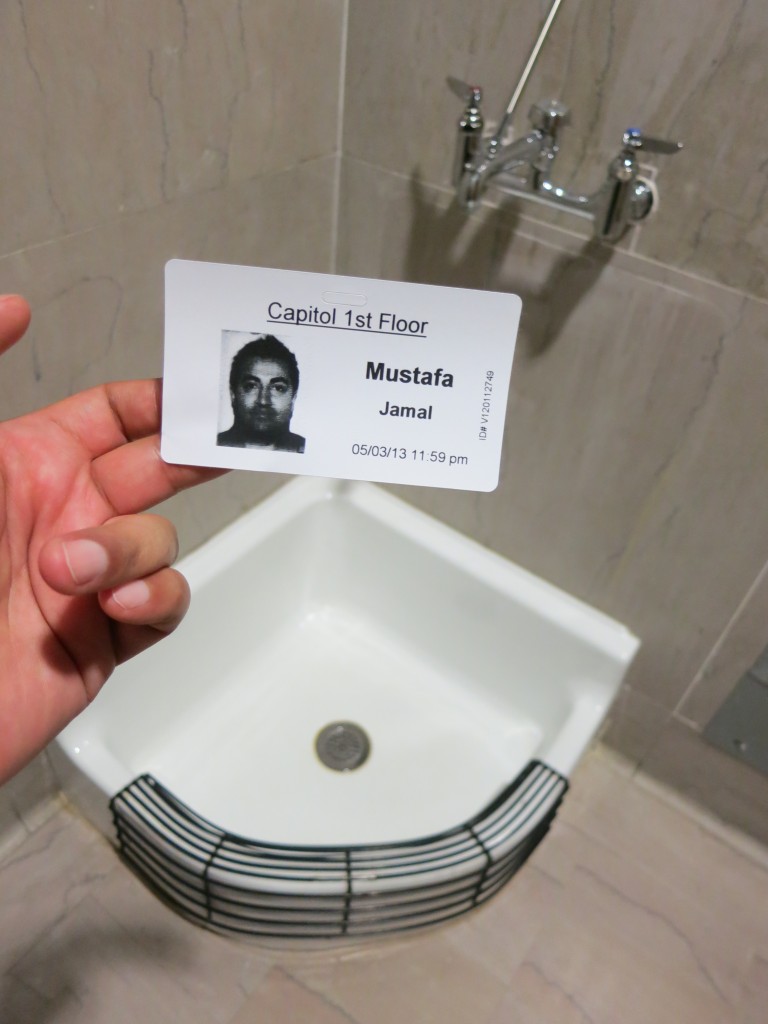
Recent Comments